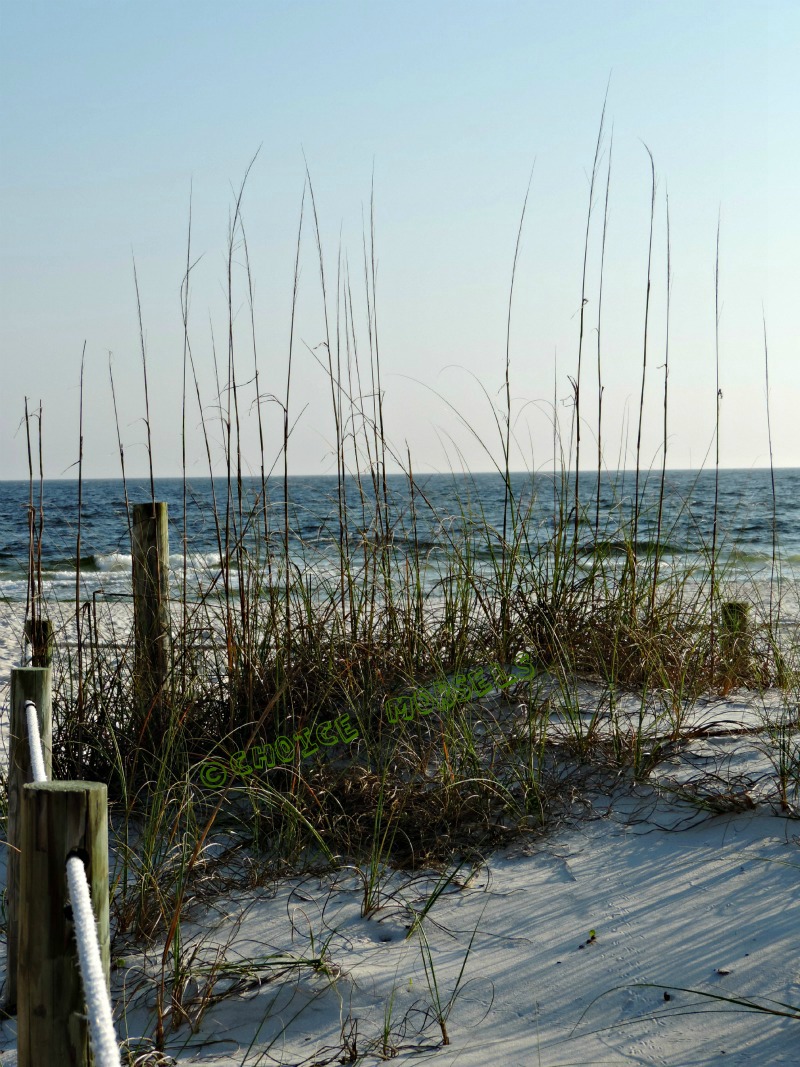Garden Pic Wednesday: The Remodeled Bat House
Greetings! Another fine spring day! Rain has finally let up and it got nice and cool for working outside!
I had a dream last night that I was inside a yellow house looking out at the back yard that was a standing pool of water that seemed to be looming close to the foundation and I was worried about being found.
In reality, my house is tan; not yellow and the only place water stands is in the various rain gardens I've built (where water was standing anyway) and even then, it's gone within a few hours.
In reality, my house is tan; not yellow and the only place water stands is in the various rain gardens I've built (where water was standing anyway) and even then, it's gone within a few hours.
Today's Garden Pics are of the old bat house I remodeled into a bird house and a nice photo of my Pinks!
First, the house.
It looks tres`chic now, but as a bat house it was hanging on a pine tree, so weathered it was split from roof to base with an inch wide chunk of wood gone and the slat-panels for bats on the inside were falling out.
Never once had any bat taken up residence!
It looks tres`chic now, but as a bat house it was hanging on a pine tree, so weathered it was split from roof to base with an inch wide chunk of wood gone and the slat-panels for bats on the inside were falling out.
Never once had any bat taken up residence!
So, we took it down and I began the process of gluing and nailing it back together. The house itself is made of sturdy redwood, so it was worth saving.
I used the slat panels to repair the inch-wide split, then applied spackling patch to fill in over the top, so the surface would be even, then spray painted.
I used the slat panels to repair the inch-wide split, then applied spackling patch to fill in over the top, so the surface would be even, then spray painted.
I also used a painted slat panel on the bottom for a door on a hinge that I can open at season's end to empty the house of any nesting materials.
Since the roof was terribly worn and still had a hole, I screwed an old license plate to the roof, which is common trick for roofing bird houses I've seen on Pinterest.
You might also notice all the elegant pottery shards I've glued on the front--these are not merely for decoration, though they certainly add a posh look! No, that trail of pottery running from the hole to the base actually covers the inch-wide spackling patch I used to fill the repaired split with and I put the pottery there to help protect it. The pottery around the hole is there to protect the entry from squirrels trying to enlarge the opening--which is something they will try to do to bird houses.
You might also notice all the elegant pottery shards I've glued on the front--these are not merely for decoration, though they certainly add a posh look! No, that trail of pottery running from the hole to the base actually covers the inch-wide spackling patch I used to fill the repaired split with and I put the pottery there to help protect it. The pottery around the hole is there to protect the entry from squirrels trying to enlarge the opening--which is something they will try to do to bird houses.
I researched hole size and cut a 1 1/2 hole to make this house suitable for Downy or Red Bellied Woodpeckers, though Cardinals or Mockingbirds or any other larger size bird of that ilk could use it. No one's moved in yet. It will take some time for it to get "noticed." Hopefully, the house will hold up a couple years. It's more sheltered from sun and weather in this location, then it was in it's previous one.
Next: Pinks!
Also called "Dianthus," they're a member of the carnation family, since "dianthus" is the family genus name for all carnations. They're exact designation is "Dianthus Plumarius or D. Plumarius." Regular Carnations designated as Dianthus Caryophyllus or D. Caryophyllus)
Did you know Sweet Williams are also a carnation family member?
Did you know Sweet Williams are also a carnation family member?
They can be annual to bi-annual. I planted these particular pinks last fall. They bloomed, then their greenery wintered over and they bloomed again this spring, so they are bi-annual, at least here in the deep south. I hope to let them go to seed and save some and also see if they self-seed.
I've noticed my Pansies, which are coming to the end of their season here, have made 6 seed heads, which I plan on saving. Perhaps I'll be able to grow my own Pansies for winter this year?
****
****
That's it for today! Next Wednesday I'll show you the steps for sprouting your seeds indoors in a wet paper towel in plastic, which is extremely effective for either small or fine seeds or old seeds to find out what will grow and what won't!
So you'll want to come back for that!







Comments
Post a Comment
Thanks for leaving a comment!